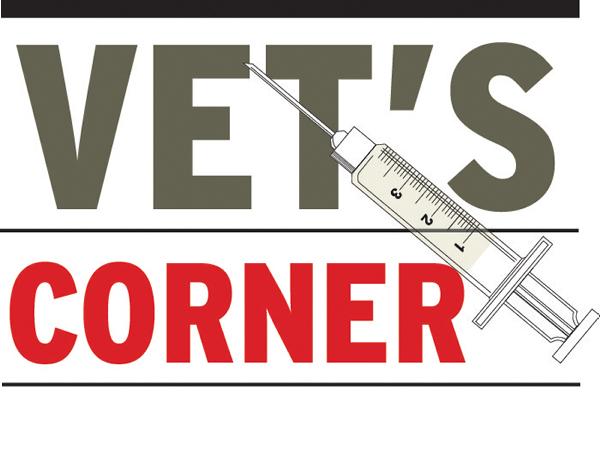As we come to the end of spring calving and look back at the patterns of disease over the period, two things stick out in my mind.
In cows, it is the still-very-high incidence of E coli mastitis and, in calves, the high incidence of cryptosporidium scour. Also, we found several of what we believe were cases of Schmallenberg virus.
We also had many caesarean sections in suckler herds, many of whom were sired by supposedly easy calving bulls.
I believe that the calving statistics on bulls are very questionable.
E coli mastitis has nothing to do with cell count; rather it is an environmental problem. It generally strikes within two or three days before calving or in the early post-calving period. Early detection is essential; if missed for a day then the cow could be lost due to toxaemia. Cryptosporidium is caused by a tiny parasite that can be picked up in the environment or from older cattle and can easily be carried on boots, clothing, etc.
A feature of cryptosporidium is its ability to multiply rapidly in the host, leading to a potentially rapid spread of infection through a farm. The damage to the gut caused by invading and multiplying parasites leads to the acute scouring.
Calf scour
In our practice, all cases of calf scour are subjected to a quick test which indicates the cause of scour.
This is essential in prescribing a treatment. However, all scours need oral electrolyte treatment, which should always be the first line. We find that cryptosporidium is involved either alone or in combination with another pathogen in about 80% of cases.
There is no vaccine against cryptosporidium. However, the vaccine against rotavirus and corona virus is proving quite successful against those agents.
The suspected Schmallenberg cases were where calves were very deformed at birth, the limbs being twisted and joints fused. Several of these had to be delivered by caesarean section.
We took part in the Knowledge Transfer Programme around Christmas. We found it extremely worthwhile. However, the filing of herd health plans has been totally obstructed by the fact that the computer platform was not up and running. Last week, we got word that it was ready. We immediately notified our clients of this, but when we tried to do the first plan, the platform was down again.
The idea is to look at the 2016 disease patterns on a farm and plan improvements for 2017. Well, 2017 is now half gone and we still cannot deliver. This is a huge disappointment for both vets and farmers who took part.






 This is a subscriber-only article
This is a subscriber-only article










SHARING OPTIONS: